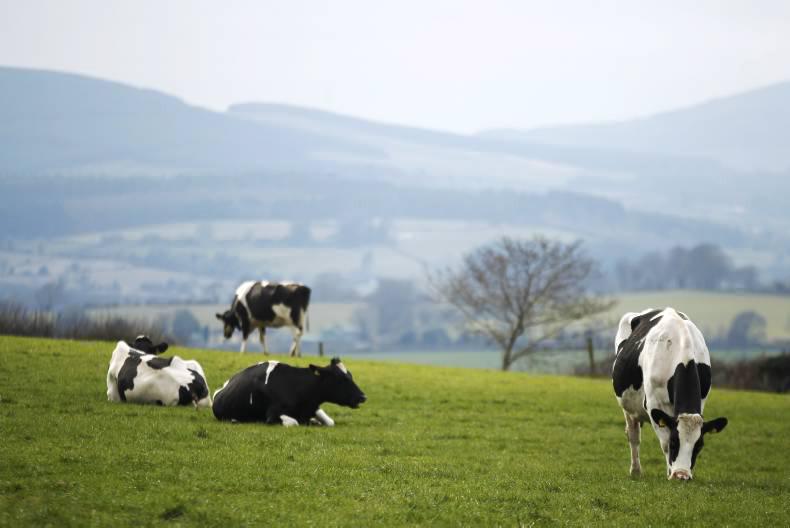In 1770, the Cork butter market was established near Shandon in the north side of Cork city. Similar to today, Munster was the primary dairy region in Ireland and butter from throughout the province was exported globally through Cork harbour.
The butter was shipped to the West Indies, the US and much of the British empire in stout wooden casks, known as firkins, to protect against spoilage.
Trevor Donnellan states in the spring 2016 edition of Teagasc Research that for much of the late 17th and early 18th centuries the Cork butter market regulated the quality of butter produced in Munster, which enabled butter from the port to gain a larger share of international markets.
The butter industry, coupled with the textile industry, was central to the Cork economy in the 18th century. The development of infrastructure, in particular railways, advanced the industries further.
The Cork butter market went on to become the largest butter market in the world and consequently was seen as the market in which the global price for butter was set. In ways, the market was similar to today’s Global Dairy Trade auction held fortnightly in New Zealand, which is seen as a barometer of dairy commodity prices worldwide.
The Cork butter market went on to become the largest butter market in the world
Donnellan states that the first major setback for the market was the commodity price decline that followed the end of the Napoleonic wars in 1815. Attempts to reinvigorate the butter trade included an international exhibition in Cork throughout 1852.
Competition for markets from mainland Europe in the late 19th and early 20th centuries and advances in technology, such as the commercial scale cream separator which led to the first creameries, led to the further demise of the Cork butter market.
Donnellan points out that Ireland was slower to move towards centralised butter production than its competitors. In Europe, better quality control and standardisation was achieved by central production and by the time of co-operative developments in the 1890s, Ireland had lost a large proportion of markets.
By 1924, the Cork butter market stopped trading. However, the Firkin Crane building, where the butter was weighed during the market, went on to become a margarine factory for over half a century.






 This is a subscriber-only article
This is a subscriber-only article










SHARING OPTIONS: